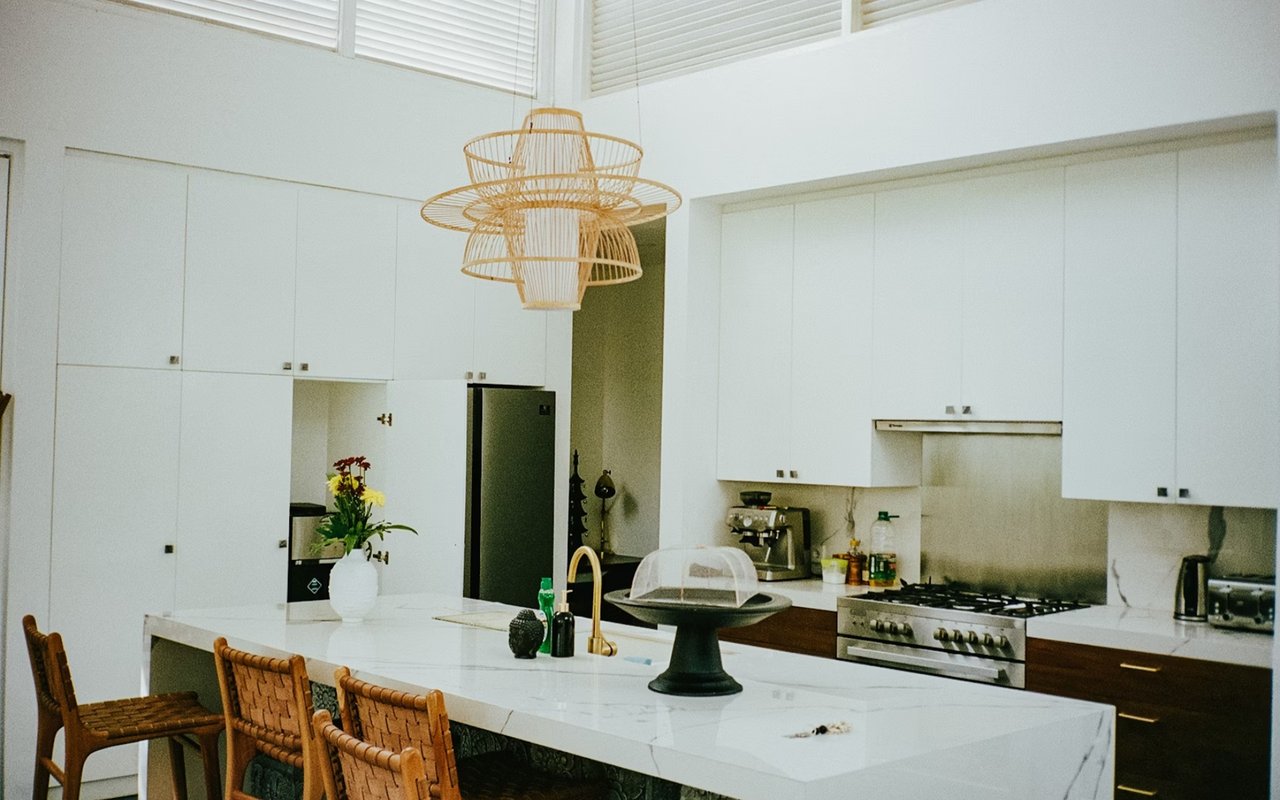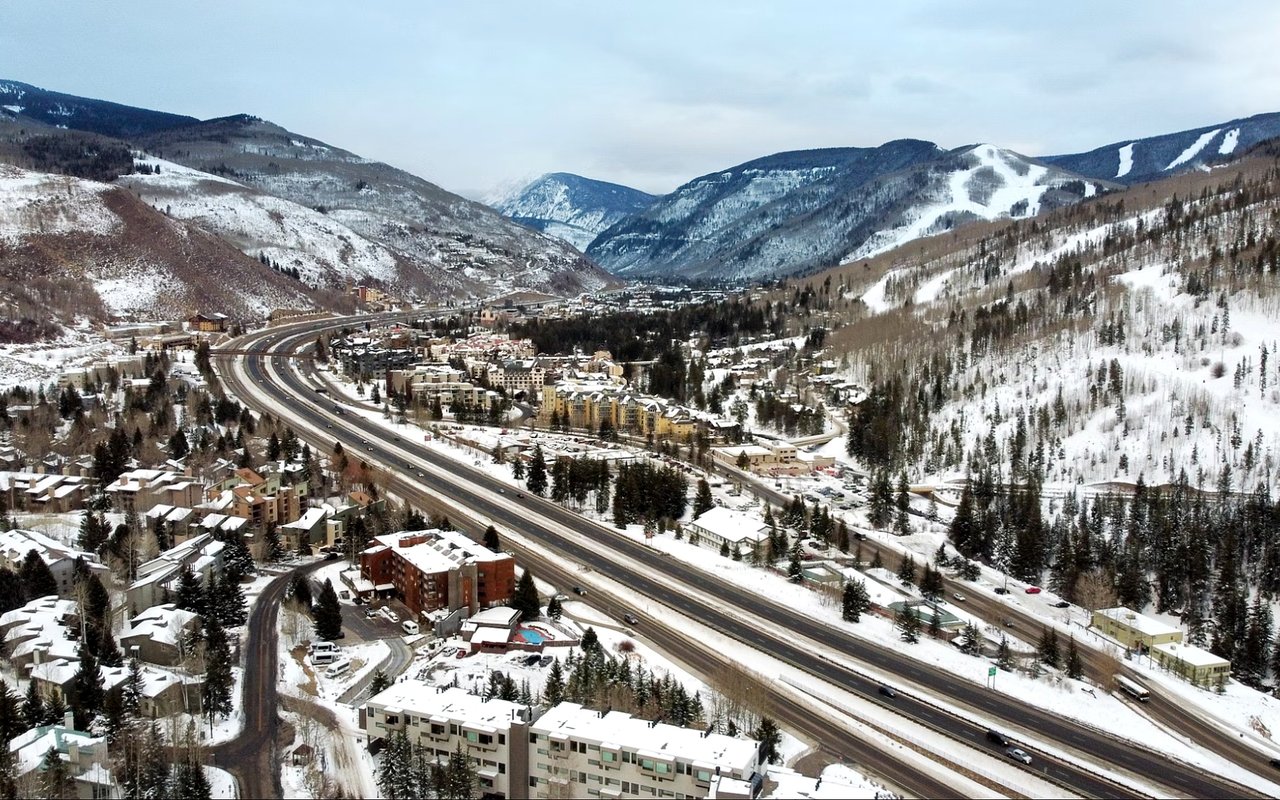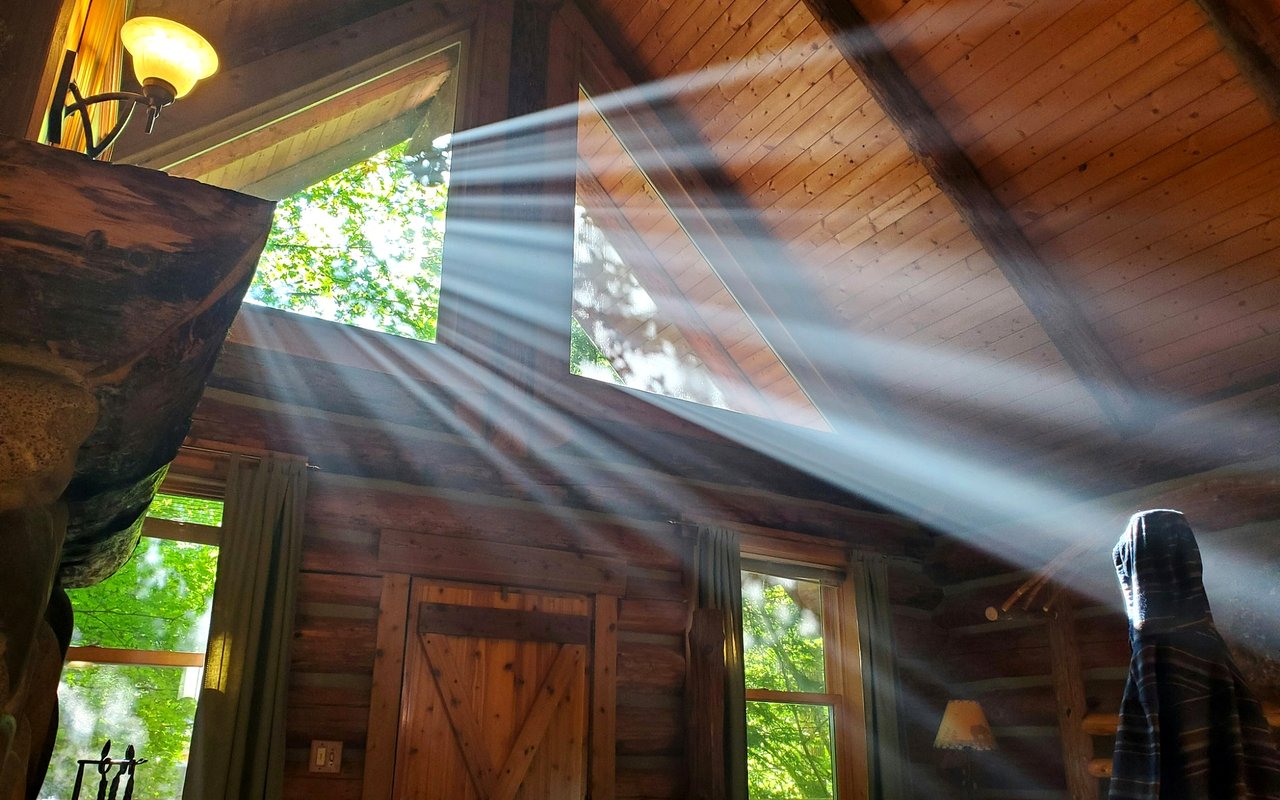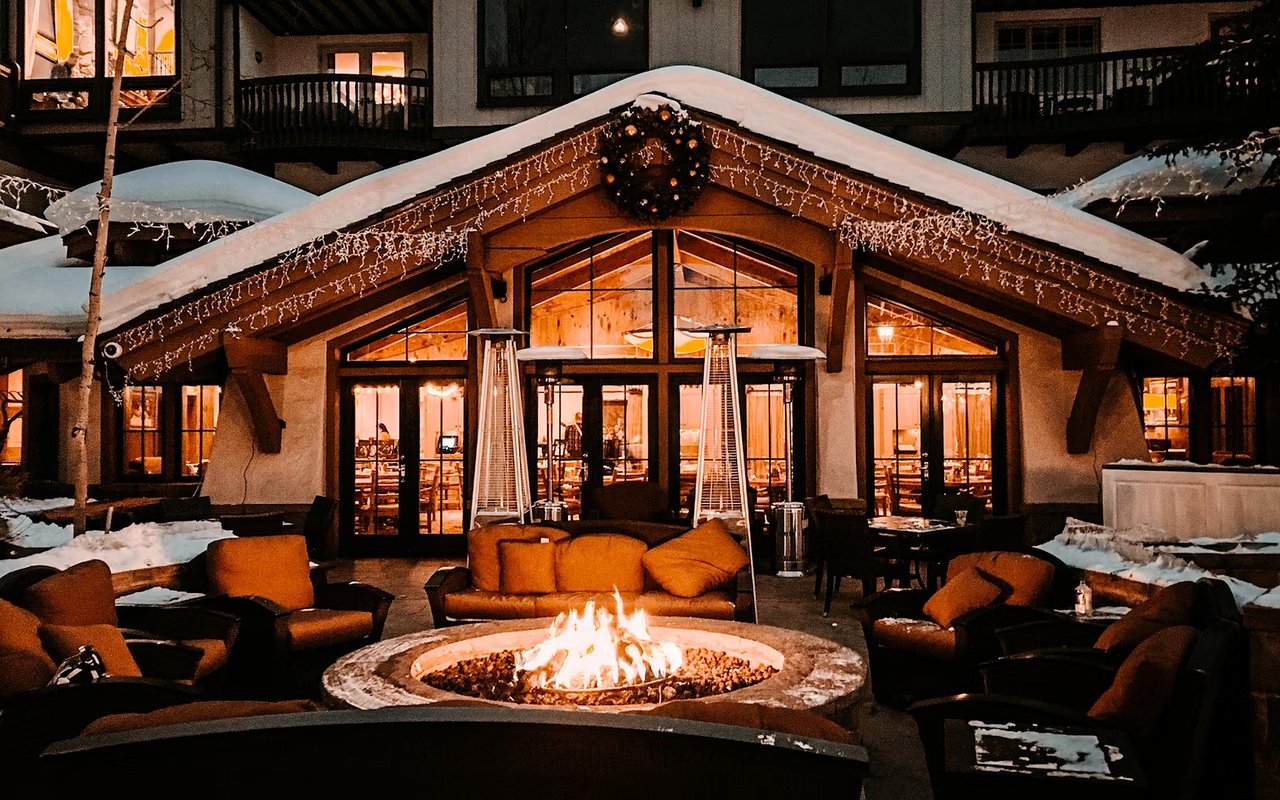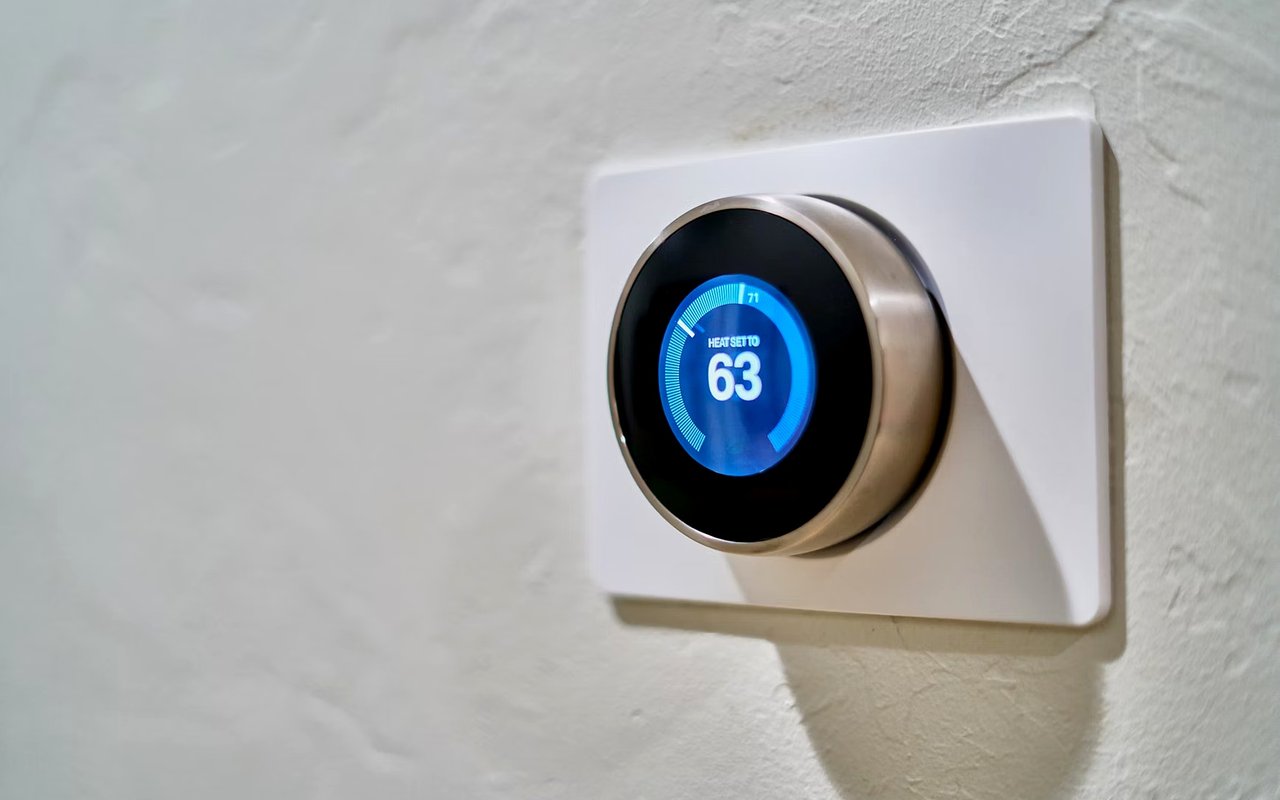Energy efficiency isn't just a trendy buzzword – it's an essential way to lower your carbon footprint and save money, especially for homeowners in Vail, CO. Whether you are building a new home or updating an existing one, there are plenty of cost-effective steps you can take to reduce your energy consumption. The best part? Many of these actions don’t require a huge investment, and they can provide significant savings in the long run. Here’s how you can make your home more energy-efficient without breaking the bank.
Insulate Your Home
Insulation is one of the most important factors in maintaining a comfortable indoor temperature. In cold climates like Vail, CO, insulating your attic and walls can prevent heat from escaping, which helps reduce the demand on your heating system. Adding or upgrading insulation in areas like attics, basements, and crawlspaces is a cost-effective way to ensure your home stays warm in the winter and cool in the summer. It’s an upfront investment that will pay off in lower heating and cooling bills.
Seal Drafts and Gaps
Drafty windows and doors can allow cold air to seep in and warm air to escape, causing your heating system to work overtime. A quick and inexpensive fix is to seal cracks and gaps around your windows and doors with weatherstripping or caulking. This is one of the simplest ways to enhance your home’s energy efficiency. For an even more thorough approach, consider adding door sweeps or replacing old seals that have worn out over time. This will help keep your home comfortable year-round without excessive heating or cooling.
Upgrade Your Windows
Windows are another critical area when it comes to energy efficiency. Single-pane windows can be a major source of heat loss, especially in cold climates like Vail. While replacing your windows can be an investment, it’s possible to make a significant improvement with cost-effective options such as double-glazing, storm windows, or energy-efficient window films. These solutions can reduce heat transfer, helping you save on both heating and cooling costs. For a more budget-friendly alternative, consider using insulating window coverings like heavy curtains during the winter months.
Optimize Your Heating and Cooling Systems
Your heating and cooling systems account for a large portion of your home’s energy consumption. To ensure your system is running as efficiently as possible, start with regular maintenance. Changing filters, cleaning ducts, and scheduling annual professional check-ups can keep your system in good working condition. For a more significant upgrade, consider installing a programmable thermostat, which allows you to set temperatures based on your schedule, reducing energy use when you’re not home. This simple, cost-effective tool can lead to substantial savings over time.
Use Energy-Efficient Appliances
Replacing outdated appliances with newer, energy-efficient models can help you save money on your utility bills. Look for appliances that are ENERGY STAR rated, as they meet strict efficiency standards. Replacing old refrigerators, dishwashers, or washing machines may require an initial investment, but these models use significantly less energy, which will save you money in the long run. Additionally, when purchasing new appliances, consider buying the right size for your needs. Over-sized appliances can waste energy, leading to unnecessary costs.
Switch to LED Lighting
Switching to LED lighting is one of the easiest and most cost-effective ways to make your home more energy-efficient. LEDs use less electricity and last much longer than traditional incandescent bulbs, reducing both your energy consumption and the need for replacements. While they may have a higher upfront cost, they pay for themselves over time by lowering your electricity bills. This simple change can make a noticeable difference in your energy usage and in the overall atmosphere of your home.
Upgrade to a Tankless Water Heater
Traditional water heaters store and continuously heat water, even when you’re not using it. A tankless water heater, on the other hand, only heats water as needed, which means it uses less energy overall. While tankless systems are more expensive to install initially, they can reduce energy consumption by up to 30%. In addition to being more efficient, they also provide endless hot water, which is a major bonus for large households. If you’re looking for a way to lower your water heating costs in the long term, switching to a tankless water heater is an excellent option.
Install Solar Panels
Solar panels are one of the best ways to reduce your dependence on traditional energy sources. In areas like Vail, CO, where there is plenty of sunshine, installing solar panels can drastically reduce your electricity bill. Though the initial installation cost can be high, federal and state incentives may help offset the expense. Additionally, if your system generates more electricity than you use, you may be able to sell excess power back to the grid. Solar energy is a long-term investment that can save you money and reduce your carbon footprint.
Consider a Smart Home System
Smart home systems allow you to control and optimize your home’s energy use in real-time. You can remotely adjust your thermostat, turn off lights when not in use, and monitor energy consumption via smartphone apps. Many smart thermostats and lighting systems are designed to help homeowners save money by adjusting usage based on occupancy and preferences. Installing a smart system may require a small initial investment, but the savings in energy costs can quickly justify the expense.
Manage Your Water Use
Conserving water is another effective way to improve energy efficiency. Water heating can account for a significant portion of your energy bills, so reducing water usage will directly reduce your energy consumption. Install low-flow showerheads, faucets, and toilets to reduce the amount of water you use without sacrificing comfort. Additionally, fix any leaks promptly, as even small drips can waste both water and energy over time. Simple water conservation efforts can go a long way in making your home more energy-efficient.
Start Small and Work Your Way Up: Every Step Towards Efficiency Counts
Making your home more energy-efficient doesn’t require a major overhaul. By starting with simple and cost-effective improvements, you can reduce energy consumption, save money, and contribute to a more sustainable future. Whether you’re insulating your home, upgrading appliances, or investing in solar energy, each change brings you closer to a more energy-efficient home. In the long run, these investments can not only lower your bills but also increase your home’s value. Take action today and enjoy the benefits tomorrow.
Thinking About Buying or Selling in Vail, CO?
If you’re considering buying or selling a home in Vail, CO, making energy-efficient upgrades can increase your property’s appeal and market value. With the right changes, you can offer potential buyers a home that’s both comfortable and sustainable. Contact Barbara Gardner today to discuss how you can get started with energy-efficient home upgrades or explore properties that already feature these valuable improvements. Let Barbara guide you through the process of finding the perfect home that aligns with your values and your budget.
